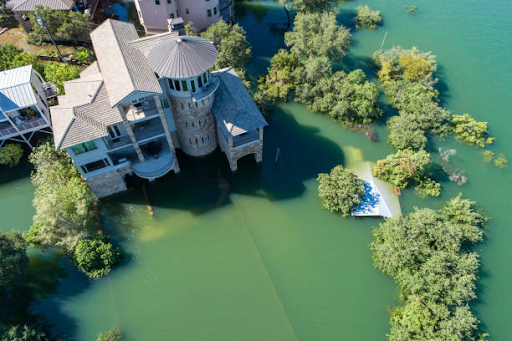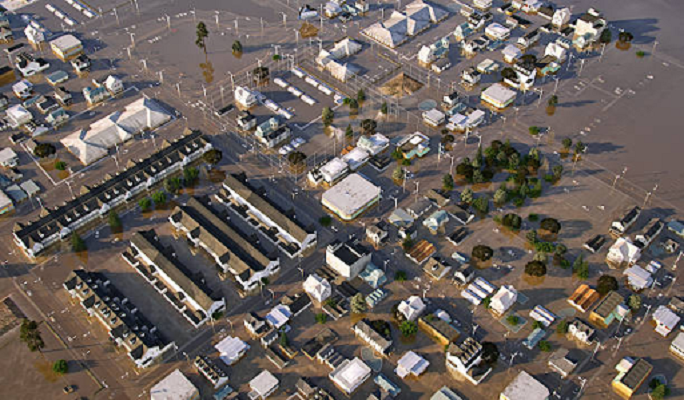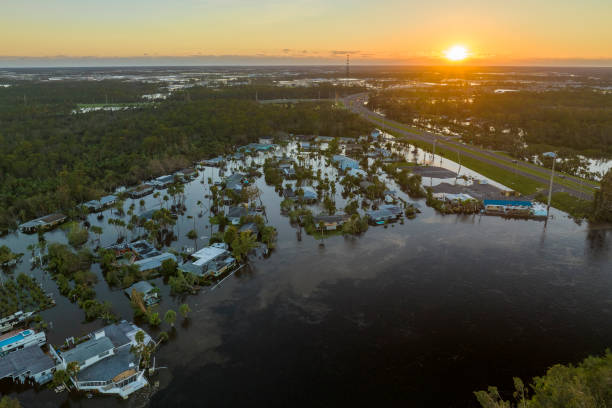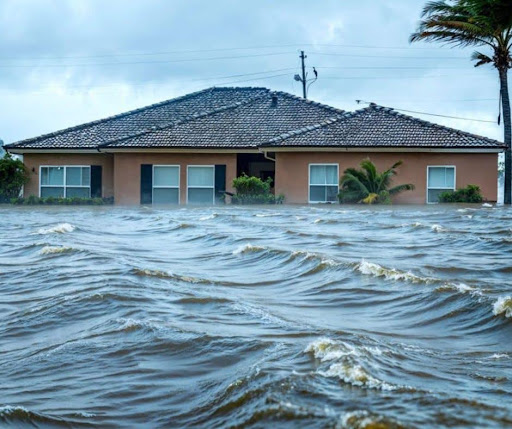When floods hit, the impact is staggering, not just for homeowners but also for insurance companies. Understanding how major floods affect Florida flood insurance companies and what makes the best flood insurance Florida requires unpacking a complex web of claims, premiums, regulations, and risk management. Whether you’re a policyholder or simply interested in the insurance industry, here’s your go-to guide.
Flood Severity and Insurance Balance Sheets
The Surge in Claims After a Major Flood
After a devastating flood event, insurance companies often see a tidal wave of claims. Homes damaged by rising waters, personal property loss, and structural repairs generate rapid payouts. Staff scramble to process claims and ramp up inspections, while actuarial teams reassess risk models.
Cash Flow Strain and Reserves
That sudden spike in payouts puts pressure on insurer reserves. Regulatory bodies like the National Flood Insurance Program (NFIP) require maintaining certain capital thresholds. If claims exceed reserve estimates, it forces insurers to tap into reinsurance or raise rates.
The Reinsurance Market Shifts
Excess Risk Goes to Reinsurers
Commercial flood insurers buy reinsurance to stay solvent when major disasters strike. After catastrophic events, reinsurers often revise their pricing and capacity, raising costs for insurers and eventually for you, the policyholder.
Rate Fluctuations at the Top
When reinsurance becomes expensive, primary insurers feel the pinch. They may increase premiums, tighten underwriting, or even exit regions with high flood risk. This cycle affects all Florida flood insurance companies, particularly those heavily exposed along Gulf and Atlantic coasts.
Regulatory Pressure and State Intervention
State Oversight Intensifies
State insurance commissioners monitor the solvency and rate adequacy of insurers. After major flood events, regulators scrutinize whether companies pay claims fairly and maintain healthy financial ratios.
Post-Flood Premium Adjustments
In states like Florida, regulators may authorize premium increases to replenish depleted reserves. That’s why many buyers call around searching for the best flood insurance Florida, they want rates that won’t surprise them next storm season.
Product Redesign: Adapting to Climate Realities
Flood Data Upgrades
Insurers rely on flood maps to determine risk and pricing. Property affected by severe flooding often gets reclassified into higher-risk flood zones, resulting in premium hikes or even declined coverage.
Higher Deductibles, Tighter Coverage
To manage risk, insurers may introduce higher deductibles, limit coverage for certain areas, or refuse renewal in repeatedly flooded zones. Customers may need supplemental policies or alternative carriers.
Underwriting Strategies Evolve
More Stringent Policy Requirements
After major events, flood insurers may require:
- Elevation certificates
- Mitigation measures (e.g., sump pumps or flood vents)
- Proof of property maintenance
Restrictions on New Policies
In high-risk zones, new flood policies may be restricted or denied. Existing policies might face additional scrutiny upon renewal.
A Tug-of-War Over Premiums
Balancing Profit and Affordability
Insurers must balance sustainable rates with competitive offerings. Overpricing drives consumers to seek alternatives, while underpricing invites financial strain after big floods.
Incentivizing Mitigation
The best flood insurance Florida providers often incentivize flood-proofing actions, like building flood barriers, by offering rate discounts or coverage endorsements.
Insurance Industry Consolidation and Exit
Smaller Carriers Sell or Exit
Small regional insurers may sell their flood lines or exit entire markets after costly disasters. Larger players with deeper pockets often absorb those customers.
Limited Competition = Higher Prices
As carriers leave high-risk markets, reduced competition can mean higher premiums and fewer choices. The search for affordable flood insurance shifts from comparison shopping to exploring state-owned alternatives.
Impact on Consumers & Homeowners
Rising Costs Hit Main Street
Homeowners in previously affordable neighborhoods may see insurance costs spike or find their coverage downgraded, especially if flood maps have changed.
Struggles in the Real Estate Market
Some prospective buyers walk away when they see flood risk. Sellers have fewer interested buyers and may need to invest in mitigation or sell below market value.
Homeowners work with real estate pros and experts in Florida flood insurance companies to educate buyers and make properties more marketable.
Opportunities for Risk Management Innovation
Parametric Insurance
Instead of traditional loss adjustments, some insurers offer parametric flood insurance, paying out cash when conditions (e.g., rainfall or river flow data) cross thresholds, simplifying claims and reducing disputes.
Resilience Financing Tools
Innovative insurers now offer bundled coverage and mitigation services, low-interest loans to raise homes, install flood barriers, or waterproof foundations, helping homeowners recover quickly.
Technology’s Role in Rebuilding Confidence
Drone Inspections Speed Claims
Insurers use drones for rapid damage assessment. This speeds up payouts, helps validate damage, and reduces dispute risks.
AI Predicts Losses and Risks
Insurers increasingly deploy AI to estimate flood risks and forecast claim volumes based on weather patterns, property age, location, and climate data. It improves underwriting accuracy, but raises questions on fairness and transparency.
Where to Find the Best Flood Insurance Florida?
After a flood, consumers search for the best flood insurance Florida. Important qualities include:
Carrier Stability
Prioritize companies with a consistent claims-paying record and strong credit ratings, which translates to peace of mind when flood waters rise again.
Local Expertise
Florida’s flood risk varies, from coastal to inland, and from zip code to zip code. Work with agents or companies who understand your personal risk profile.
How Flood Insurance HQ Helps You?
At Flood Insurance HQ, we connect homeowners with trusted carriers in high-risk areas. Our focus:
- Matching customers with the right Florida flood insurance companies
- Highlighting the best flood insurance Florida options for everyday budgets
- Guiding mitigation planning, documentation, and future renewals
When insurers react to disasters, we help you stay a step ahead.
Secure Your Home Against Risk
Ready to Protect Your Home From the Next Flood?
Ensuring your property isn’t just a requirement, it’s a strategy. Let Flood Insurance HQ guide you to trustworthy, cost-effective Florida flood insurance companies offering the best flood insurance Florida.
Call us for a policy review
Or request quotes online and compare top-rated providers today
Rebuild confidence in your coverage before the next storm arrives.

FAQs: What You Need to Know About Flood Insurance?
- Do all homeowners need flood insurance?
No, but lenders require it in FEMA-designated high-risk zones, and premiums in coastal areas can be worth the protection regardless.
- How fast can I get flood coverage?
Typically 30 days after applying, unless federally mandated due to flood map changes or you just purchased a new home.
- Does flood insurance cover mold?
Not unless caused by water damage during the flood event. However, coverage options vary by company. In many cases this is covered under your home insurance policy.
- Can I switch flood insurers after a major storm?
Yes, but expect policy changes or different pricing. FloodInsuranceHQ helps you review options post-event.
- What mitigation efforts lower premiums?
Raising your home, installing flood openings, and waterproofing walls or basements often yield discounts from Florida flood insurance companies.
In today’s era of increasing flood risk, every claim counts, not just for homeowners but for insurers. Understanding how insurance companies respond helps you become a more informed consumer and choose coverage you can rely on.
Protect your home and your future with Flood Insurance HQ, where preparation beats panic.












